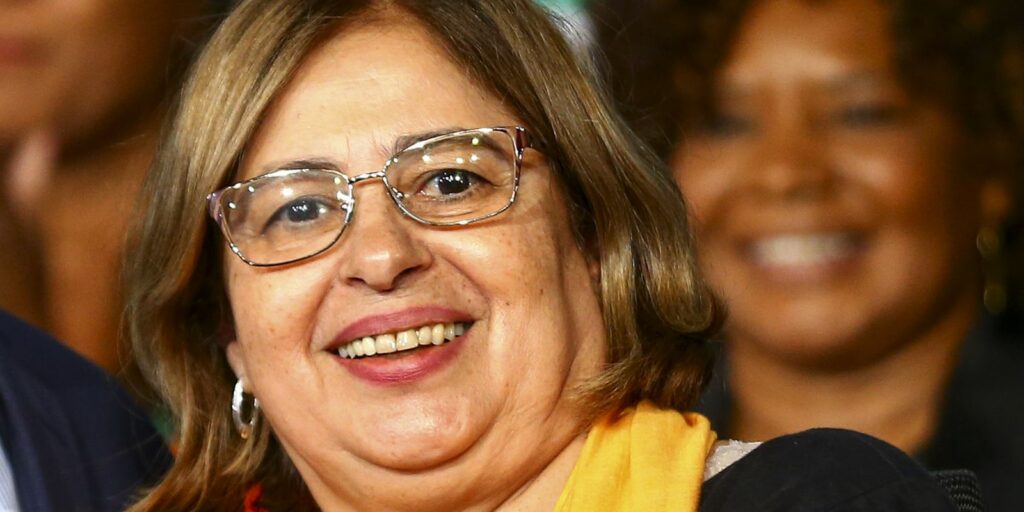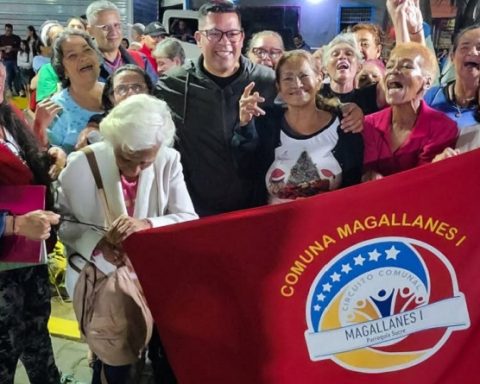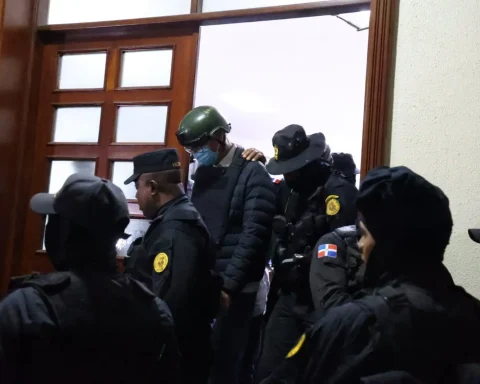January 4, 2023, 7:46 AM
January 4, 2023, 7:46 AM
Coinciding with the Islamist attack that decimated his newsroom, The satirical magazine publishes this Wednesday a special issue containing selected cartoons from an international contest entitled #MullahsGetOut (“Mullahs, out”), in support of the demonstrations against the Iranian regime.
Eight years after the massacre of the Charlie Hebdo newsroom, the magazine has lost neither its tricks nor its courage. This Wednesday publishes a special issue “January 7” (date of the attack) with the results of a cartoon contest launched on December 8. The slogan is to “beat up the mullahs” [clérigos en el islam] as protests sparked by the death of Mahsa Amini, a 22-year-old Kurdish girl who died in September after being detained by morality police for violating the country’s strict dress code, continue.
One of the instructions given by Charlie Hebdo to view their selected cartoon was to draw the most “funny and mischievous” supreme guide of the Islamic Republic, the Ayatollah Ali Khamenei.
“Cartoonists have a duty to support the fight of the Iranians who are fighting for their freedom, ridiculing this outdated religious leader and sending him to the dustbin of history,” the magazine stated in its invitation.
For Charlie Hebdo, this contest is “a way of showing our support for the Iranian people, who is risking his life to defend his freedom against the theocracy that has oppressed him since 1979. It was also a way of reminding people that the reasons why Charlie’s cartoonists and editors were murdered eight years ago are unfortunately still relevant today. in day”.
Charlie Hebdo selected 35 drawings from the 300 received, sent from countries such as Iran, the United States, Turkey, Sweden or Australia. The magazine did not designate a winner to “not detract from others”, adding that the prize is something that is priceless, “freedom, simply.”
Cartoons show women with their hair down taunting or attacking a cleric.
“What is often portrayed is the rebellion of women, with drawings that reverse roles: women do to the mullahs what they do to them,” explains Riss, director of the Charlie Hebdo newsroom in statements to Libération. “Some are graphically interesting, others are funny, like the one where we see a woman urinating on a mullah. It is simple, direct. You can feel that it’s really a liberating drawing,” he says.
As to whether the magazine fears reprisals, Riss responds to the FranceInfo network: “No, because it is not the first time that caricatures have been drawn about the ayatollahs. It’s not blasphemy either, we still have the right to draw whatever we want. They may not like it, but it doesn’t matter. In the following days we suffered computer attacks to try to block the site. Charlie Hebdo is usually attacked when there are things like this, it is not new ”.


















